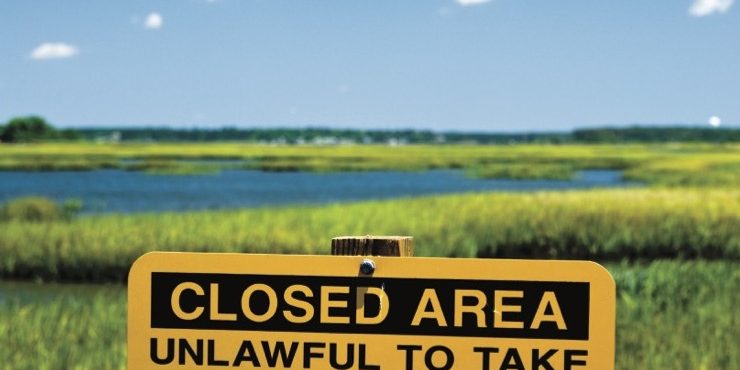The White Oak River is 48 miles long and runs through Jones, Onslow, and Carteret counties. The river includes saltwater marshes and hardwood swamps that are home to a variety of fish and wildlife. It is used for fishing, swimming, kayaking, and boating and has cultural and historical significance.
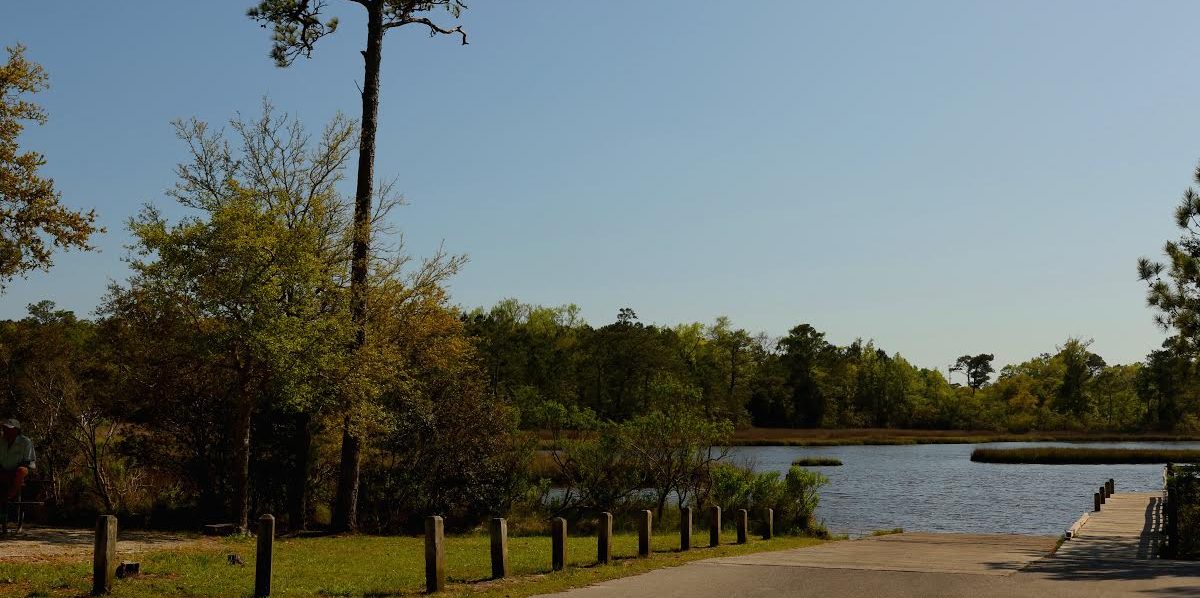
In 2006, the Coastal Federation teamed up with the Town of Cedar Point, the N.C. Department of Transportation, the N.C. Division of Energy, Mineral and Land Resources and community members to prepare a study and restoration plan for a portion of the river. The study found that polluted stormwater runoff from parking lots, driveways, rooftops, and other hard surfaces is the primary cause of water quality impairment in the river. About two-thirds of the lower White Oak River is now permanently closed to shellfishing or closes temporarily after moderate rain.
The White Oak River Restoration Plan promotes simple solutions to infiltrate rain and reduce polluted runoff flowing into Dubling Creek, Boathouse Creek, Hills Bay, and the waters north of the N.C. 24 bridges in Cedar Point, on the Carteret County side of the river.
Many dedicated partners including the Federation, the U.S. Forest Service, the Town of Cedar Point and East Carolina University worked together to reduce runoff with restoration projects.
Plan Implementation
Croatan National Forest Recreation Area – 2017
Several simple stormwater retrofits were installed in the Croatan National Forest Recreation Area to help capture rainwater before it has a chance to become polluted stormwater runoff. These Include:
- A rain garden near the boat ramp acts like a bowl to collect polluted rainwater. It soaks up and filters the rain.
- Earthen berms in the grass swale slow down stormwater runoff and give it a chance to soak into the ground instead of flowing into Boathouse Creek.
- Check dams (right) made out of rock along the entrance road help slow down water flow.
- A sloped sidewalk forces rainwater to flow into forested areas instead of the river.
- Replacement of a culvert so that water flows into forested areas instead of ponding along the road.
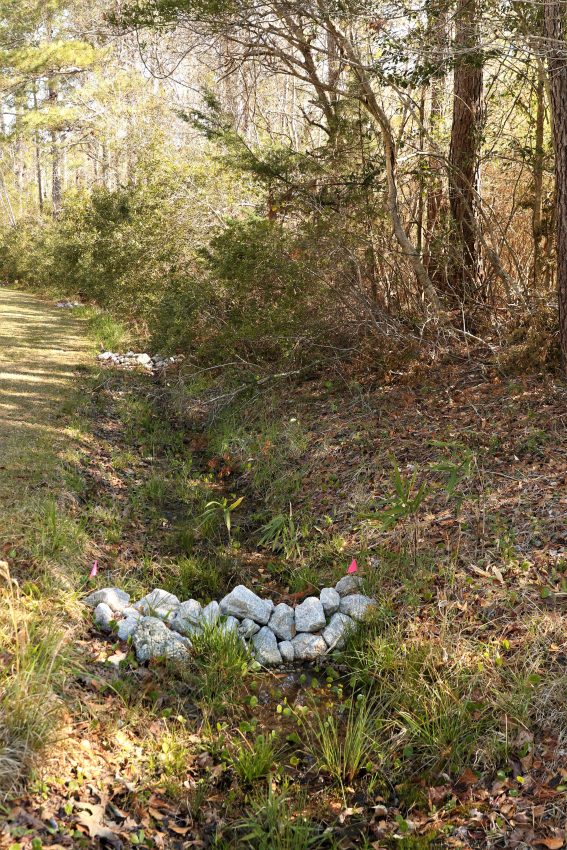
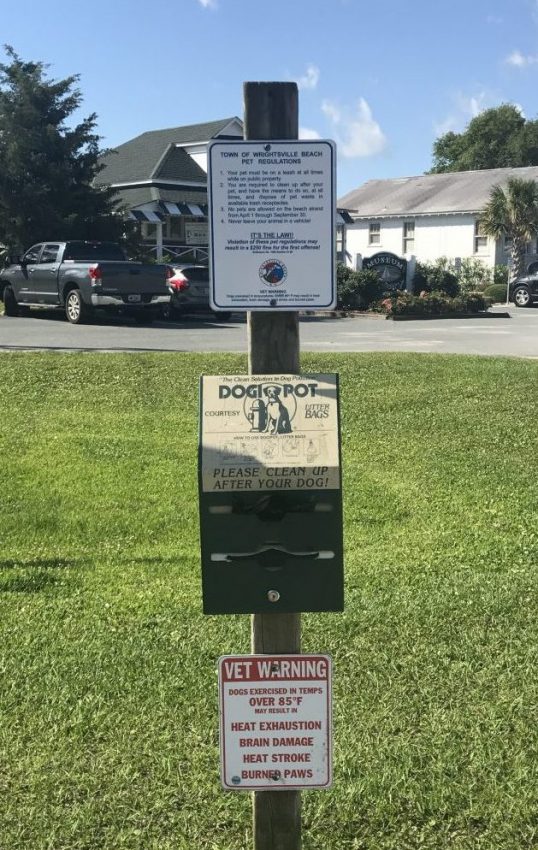
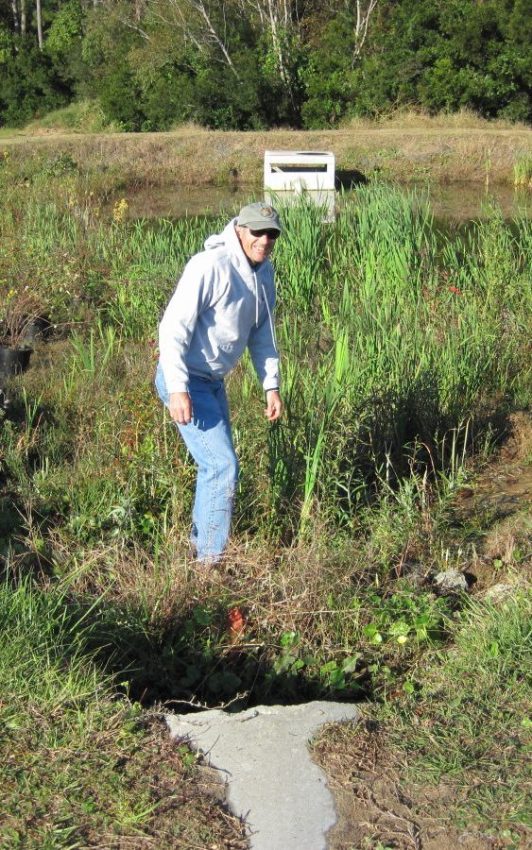
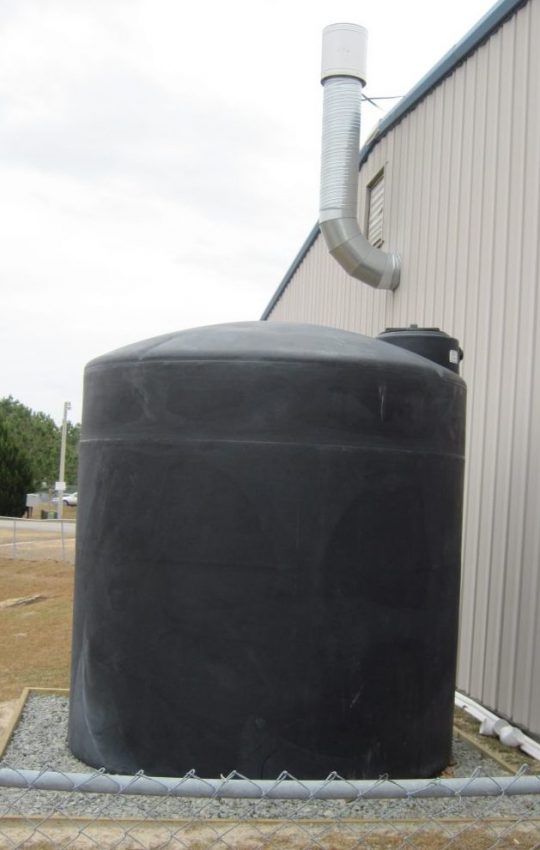
Marsh Harbour Rain Barrels — 2016
Federation staff worked with Down East Installation to install 25 rain barrels at homes within the Marsh Harbour subdivision. The barrels collect rain so they can be used to water plants and gardens instead of becoming polluted runoff.
Ocean Spray Water Control Structures — 2016
East Carolina University installed three water control structures in the roadside ditches in the Ocean Spray community. The simple structures hold the rain in the ditch so it has a chance to soak into the ground instead of running into the creek.
Cedar Point Town Hall Rain Garden — 2014
More than 50 Federation volunteers planted a large rain garden at Cedar Point Town Hall with more than 350 native trees, shrubs, and perennials. Volunteers included U.S. Navy Hospital Corpsmen from the Marine Corps Base Camp Lejeune.
Cedar Point Town Hall Cistern — 2014
A 3,000-gallon cistern at Cedar Point Town Hall captures runoff from about 75 percent of the town hall roof. The water is reused for landscaping.
Western Carteret Fire and EMS Cistern — 2014
A 3,000-gallon cistern at the Western Carteret Fire and EMS captures runoff from the roof and is reused to wash vehicles.
Carteret Heating and Cooling Cistern — 2014
A 1,500-gallon cistern at Carteret Heating and Cooling captures runoff from the roof and is reused to wash vehicles and control dust on a gravel parking lot.
Western Park Stormwater Wetland — 2014
The Federation built a large wetland at the end of a storm ditch in Western Park to reduce polluted runoff into Boathouse Creek.
Western Park Rain Gardens — 2014
The Federation installed small rain gardens in the parking lot of Western Park to capture and infiltrate runoff.
Western Park Pet Waste Program — 2014
Three pet waste receptacles at Western Park were installed to encourage responsible pet waste disposal and prevent stormwater runoff from carrying this source of bacteria into nearby waters.

